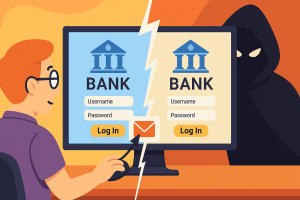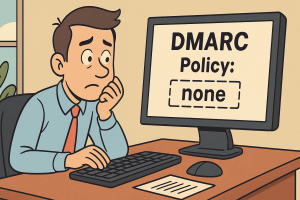 You click a link. It takes you to a site that looks exactly right. The logo matches, the name checks out, and everything feels familiar. But something’s off. And before you realize what it is, you’ve handed over your login, your credit card, or worse, your network credentials. The trick wasn’t in the layout or the content. It was in the letters.
You click a link. It takes you to a site that looks exactly right. The logo matches, the name checks out, and everything feels familiar. But something’s off. And before you realize what it is, you’ve handed over your login, your credit card, or worse, your network credentials. The trick wasn’t in the layout or the content. It was in the letters.
Cybercriminals are using homoglyphs—lookalike characters from other alphabets—to build fake domains that mimic real ones down to the pixel. A Cyrillic “а” is nearly identical to the Latin “a” your eyes expect to see. To a browser, they’re completely different. To a person, they’re the same. That’s the whole con. [Read more…]
 Email authentication continues to improve, but DMARC is still widely misunderstood and often misused. The number of domains publishing DMARC records has grown steadily since 2023, especially in industries like finance, education, and healthcare. However, a large percentage of those domains are not enforcing any policy, which means spoofing and phishing attacks are still a serious concern.
Email authentication continues to improve, but DMARC is still widely misunderstood and often misused. The number of domains publishing DMARC records has grown steadily since 2023, especially in industries like finance, education, and healthcare. However, a large percentage of those domains are not enforcing any policy, which means spoofing and phishing attacks are still a serious concern.